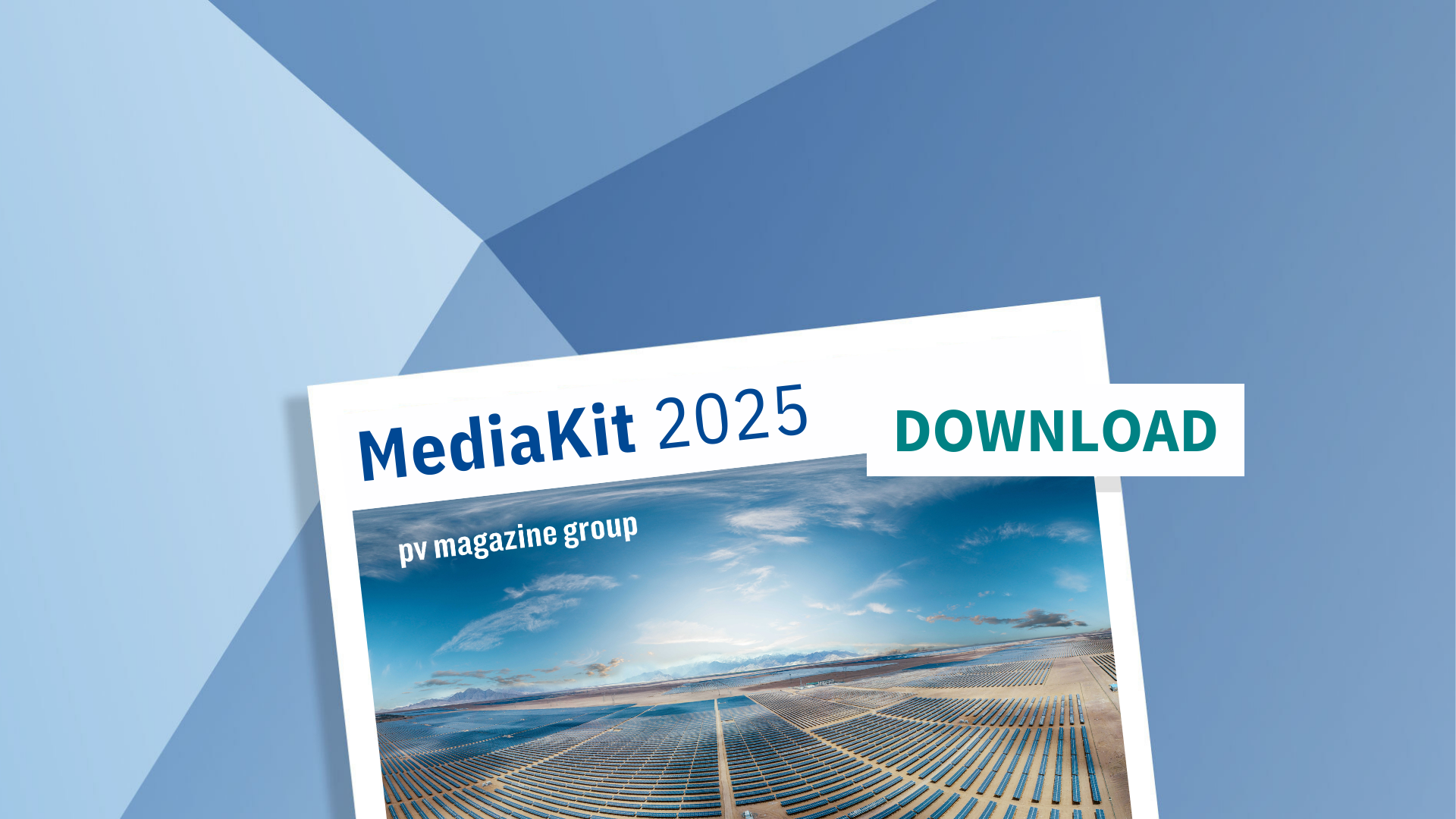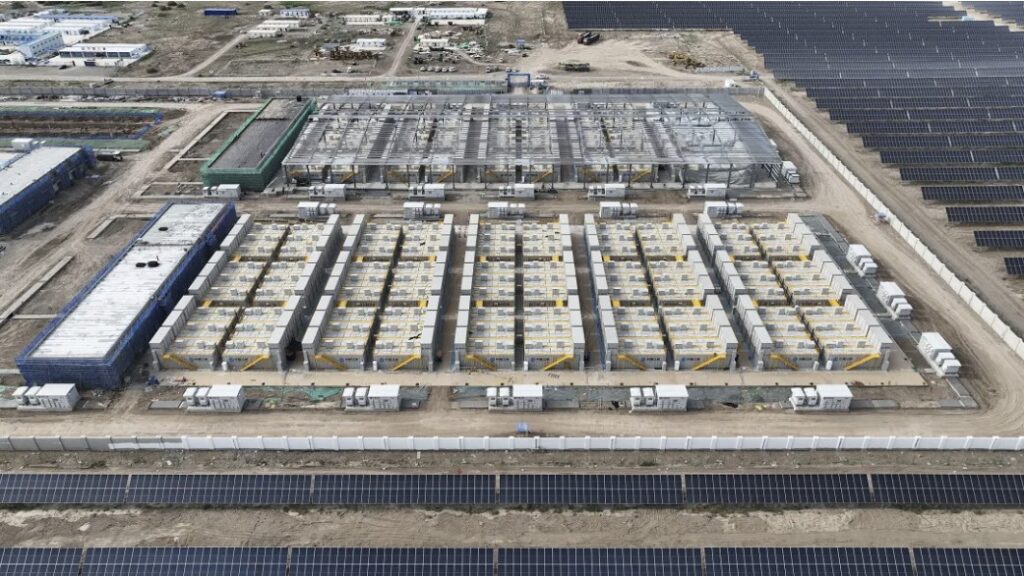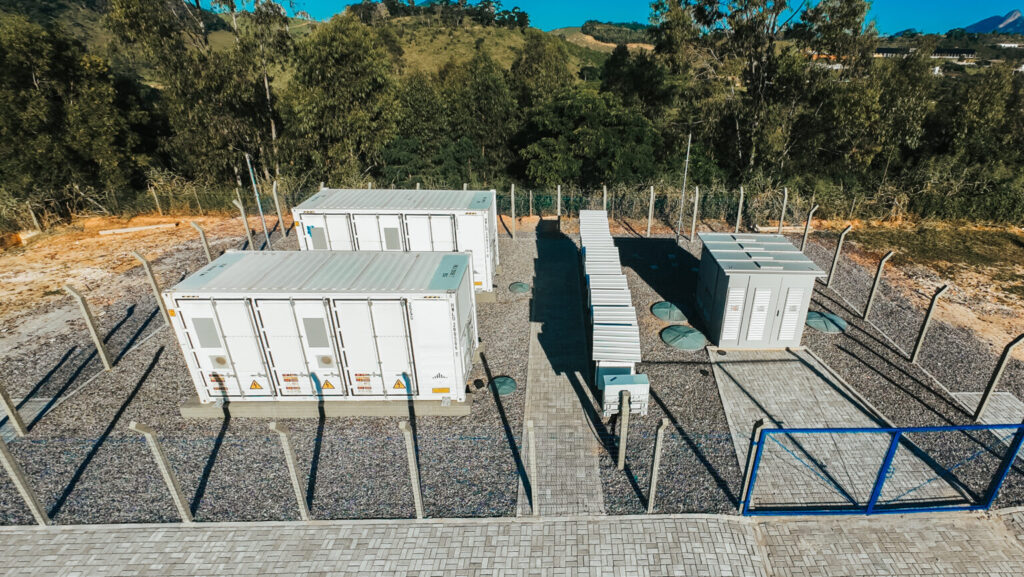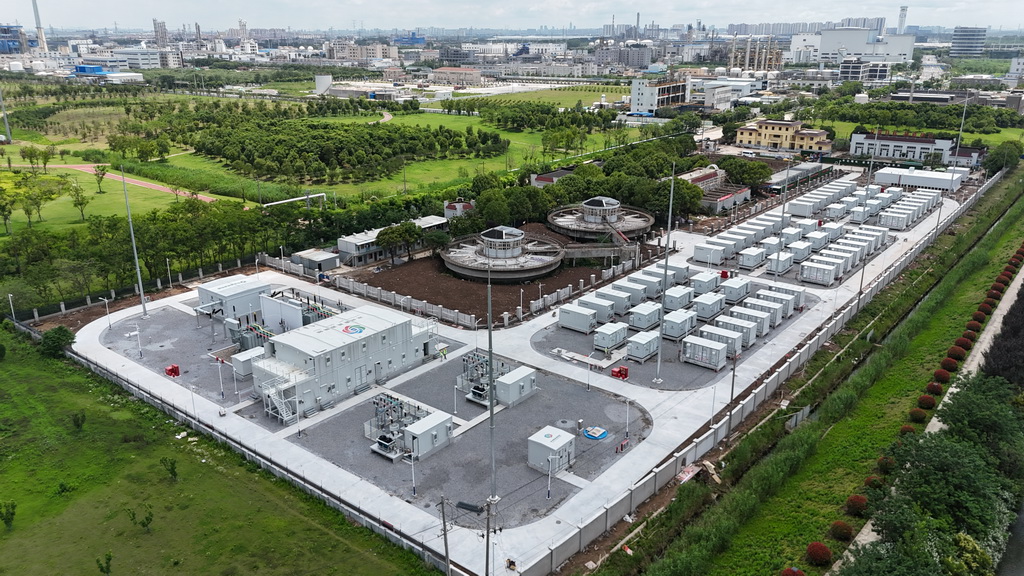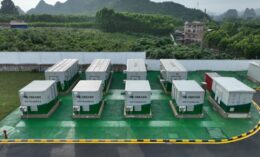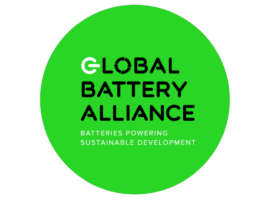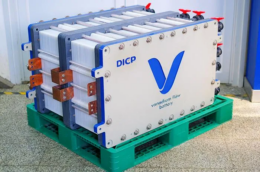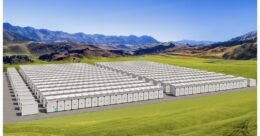Australian grid operator turns to batteries, synchronous condensors to safeguard system strength

Transgrid, which operates the New South Wales (NSW) electricity transmission system, has declared the growth in inverter-based resources and the exit of the state’s coal generators is driving an urgent need to add new sources of system strength to the power system.
As coal retires and more renewables are connecting, we are facing unprecedented challenges.
“Our power system is undergoing a high-velocity transition,” Transgrid Executive General Manager of Network Marie Jordan said. “As coal retires and more renewables are connecting, we are facing unprecedented challenges to maintain the security and reliability of an increasingly complex system.”
Jordan said the future power system must be capable of operating at up to 100% instantaneous renewable energy in the coming decade with the Australian Energy Market Operator estimating that 14 GW of coal power generating capacity in the National Electricity Market will close by 2030.
To replace system strength that comes from those retiring coal assets and unlock additional renewable generation, Jordan said large-scale investment is required in a diverse range of options to keep the system strong.
“Currently our energy system relies on system strength produced by large spinning machines such as coal, gas and hydro generators, which provide a strong heartbeat to keep the grid stable so it can ride through disturbances,” she said.
“Renewable sources like wind and solar don’t have the same capabilities and need to follow a strong signal from the network, or they will disconnect, which is why we urgently need new sources of system strength.”
New report released
Transgrid has now released a new report that outlines its options to provide system strength to the NSW power system.

The Project Assessment Draft Report (PADR) identifies a portfolio of non-network and network solutions with the first, and currently most credible, option calling for eight synchronous condensers to come online by 2028-29 with another six required by 2032-33.
It also calls for 4.8 GW of battery energy storage systems with grid-forming capability, and modifications for a number of synchronous hydro generators and to the planned compressed-air energy storage facility in Broken Hill, which will need the addition of a clutch, to ensure they can switch on or operate in synchronous condenser mode where necessary to fill gaps in system strength.
There are so many moving pieces in our energy puzzle and no single solution can meet the need.
The network operator, which estimates its preferred option will cost almost $1.8 billion in capital and operating costs, said the scale and complex nature of NSW’s system strength requirements meant multiple solutions will be required to deliver system stability.
“There are so many moving pieces in our energy puzzle and no single solution can meet the need,” Jordan said. “In fact, dozens of solutions across NSW will be required at any one time to keep the system operating securely.”
Transgrid is the first transmission provider in Australia to launch a comprehensive program to safeguard system strength. New rules mean that from late 2025 it will be its responsibility to ensure sufficient system strength is available to maintain power system stability in NSW.
Transgrid said it will now conduct a six-week consultation period with industry able to provide feedback on the methodology and outcomes of the PADR. Submissions are due by 2 August 2024.




